Our Services
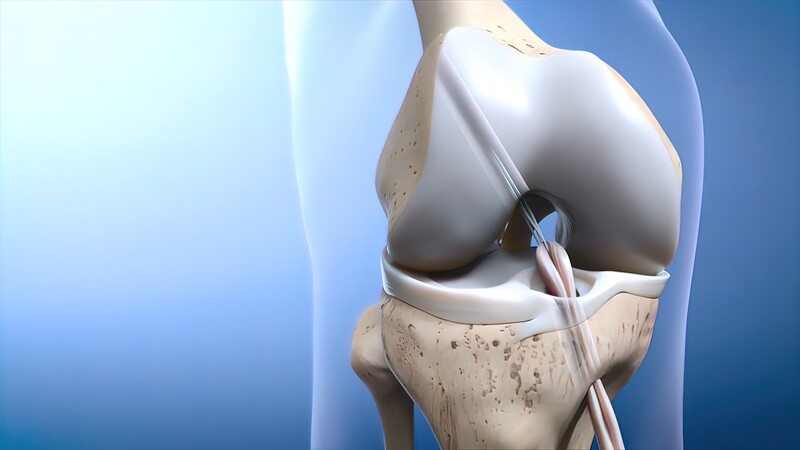
ACL Reconstruction
ACL reconstruction is surgery to repair a torn anterior cruciate ligament (KROO-she-ate) — a key ligament in the knee. ACL injuries are most common in sports like soccer, football, basketball, and volleyball, which require rapid pauses and changes in direction.
Ligament Surgery
The ligament is replaced with a segment of healthy tendon during surgery to repair a damaged knee ligament. To hold the knee joint together, a tendon from the kneecap or hamstring is grafted into place. The tendon graft might be from the patient themselves (autograft) or from a donor organ
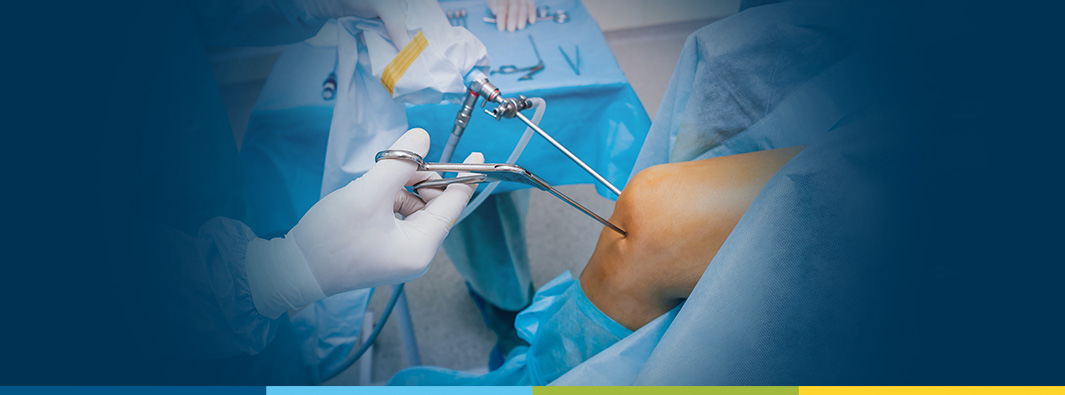
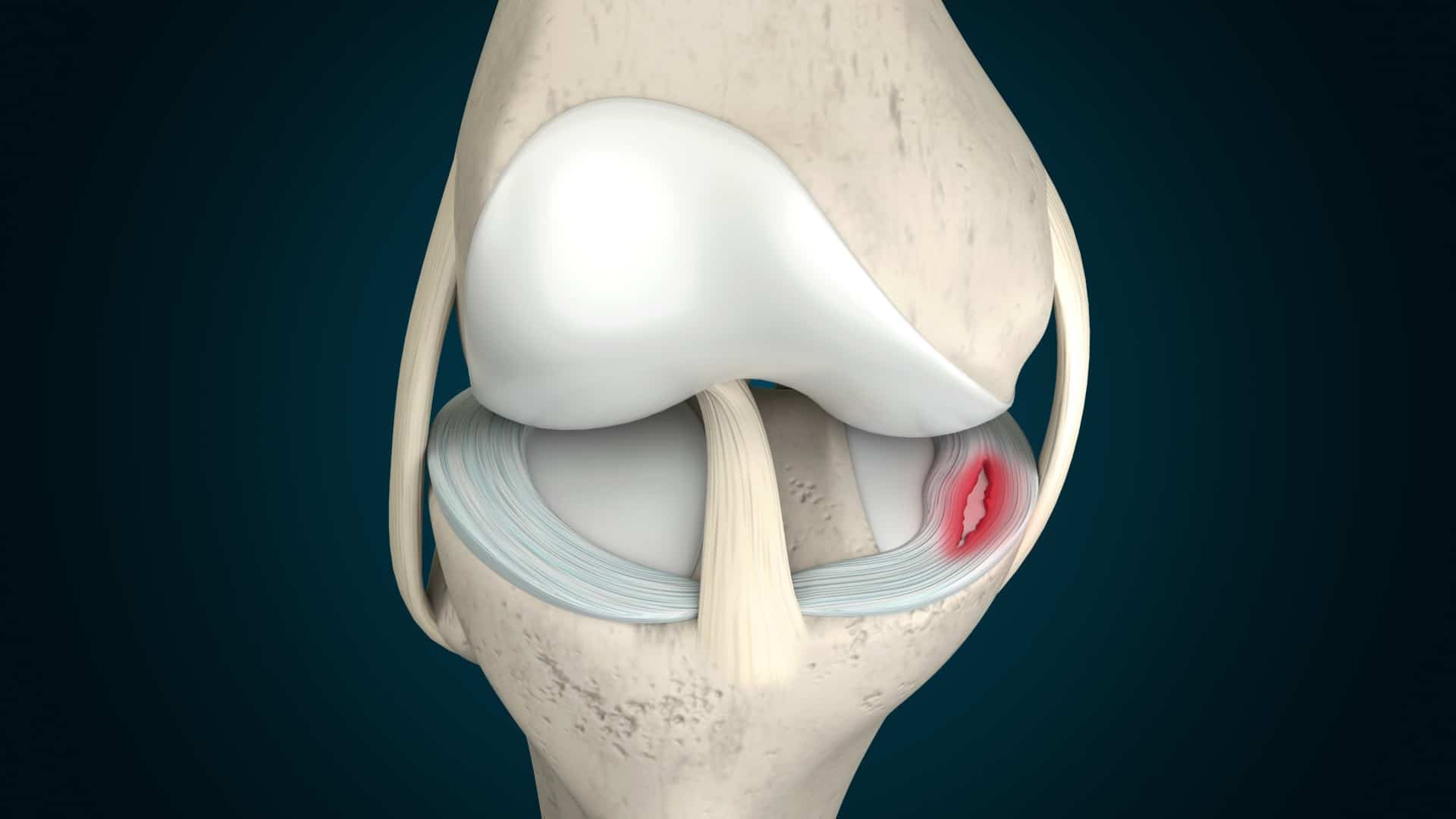
Meniscus Surgery
Meniscus surgery is used to remove or repair a torn meniscus, which is a piece of cartilage in the knee. The process lasts around an hour and requires only a few tiny incisions. Recovering and rehabilitating takes a few weeks.
Knee Fracture Surgery
What is the treatment for a shattered kneecap? A fractured kneecap can be treated with one of two surgeries: ORIF surgery (open reduction-internal fixation): The surgeon opens the skin and uses metal wires, pins, or screws to reattach the damaged bones. Broken bone fragments that are too tiny


Hip Fracture Surgery
Hip pinning is a procedure for repairing a damaged (fractured) hip. Hip pinning is also known as fracture repair and internal fixation. Pins, screws, or plates are used to help hold shattered bones together so they can heal properly. At the hip joint, your thighbone (femur) meets your pelvis.
Shoulder Surgery
Shoulder surgery is used to heal a joint that has been injured, deteriorated, or infected. It's a treatment for a number of disorders and conditions that affect the shoulder joint. Rotator cuff tears, shoulder dislocations, and shoulder separations are all prevalent.

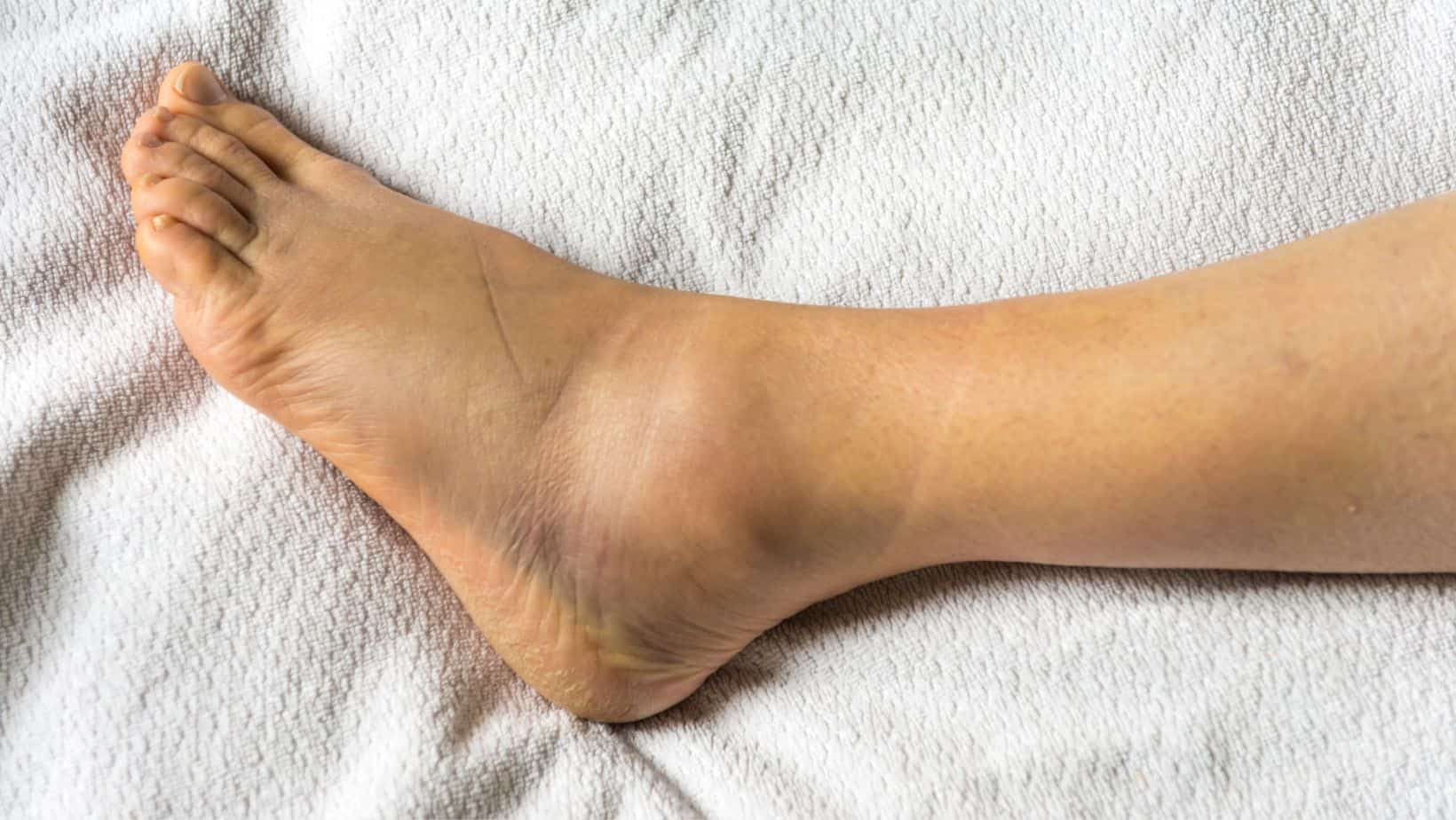
Ligament Sprain
A sprain is caused by either a direct or indirect injury (trauma) that knocks the joint out of position and causes it to overstretch, occasionally tearing the supporting ligaments. Rolling your ankle — whether while running, changing direction, or landing from a jump — is an example of an injury
Low Back Pain
A muscle (strain) or ligament injury causes low back pain (sprain). Common causes include improper lifting, poor posture, a lack of regular exercise, a fracture, a ruptured disc, or arthritis. Lower back pain is frequently the only symptom.


Spondylitis
Spondylitis is an inflammation of the spinal bones, or vertebrae. In severe cases, your spine may hunch. Asperger's syndrome has no known cure. Medication and exercise, on the other hand, can help relieve pain and strengthen your back.
Ankle Sprain
This can stretch or tear the tough bands of tissue (ligaments) that help hold the ankle bones together. A sprained ankle causes swelling, pain and limited range of motion. Many people simply treat a sprained ankle at home with rest, ice and pain relievers. Severe sprains may need medical evaluation.
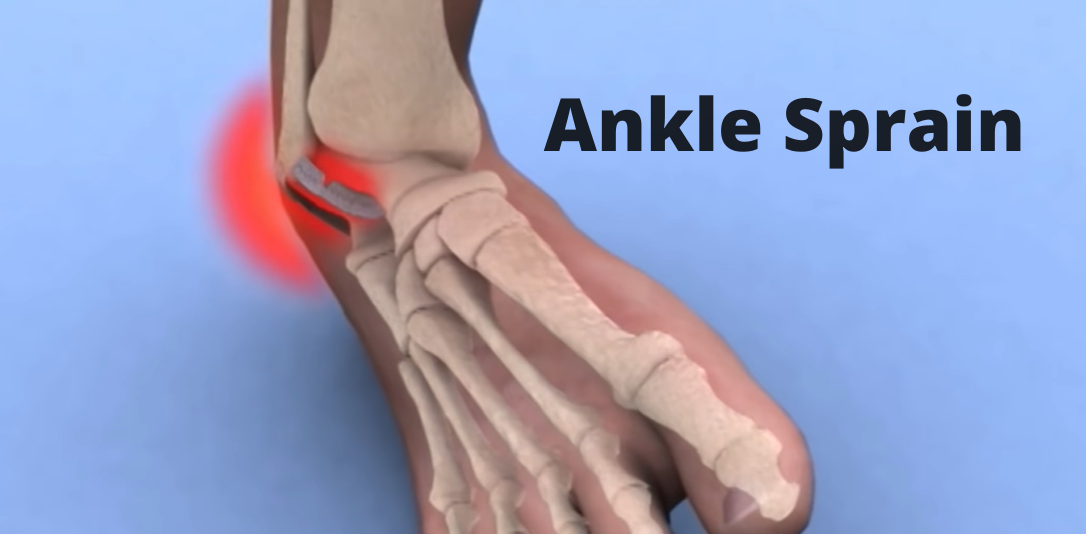

High Uric Acid
A high uric acid level is usually caused by your kidneys' inability to eliminate uric acid efficiently. Rich foods, being overweight, having diabetes, taking certain diuretics (also known as water pills), and drinking too much alcohol can all cause a slowdown in the removal of uric acid.
Multiple Joint Pain
This can stretch or tear the tough bands of tissue (ligaments) that help hold the ankle bones together. A sprained ankle causes swelling, pain and limited range of motion. Many people simply treat a sprained ankle at home with rest, ice and pain relievers. Severe sprains may need medical evaluation.


Tennis Elbow
Tennis elbow (lateral epicondylitis) is a painful condition caused by overuse of the tendons in your elbow, which is most commonly caused by repetitive wrist and arm motions. Tennis elbow, despite its name, affects people other than athletes.
Carpal tunnel syndrome
Carpal tunnel syndrome is a frequent ailment in which the hand and arm experience discomfort, numbness, and tingling. When one of the primary nerves in the hand, the median nerve, is squeezed or compressed as it travels through the wrist, the condition occurs.
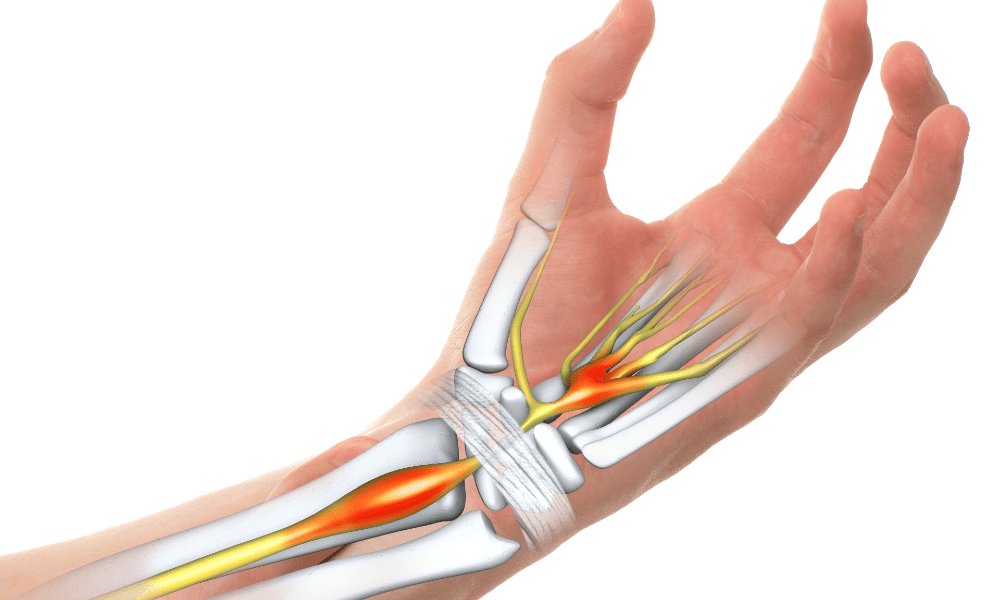

Neck and shoulder pain
Pain in or around the knee that could signal a problem with the knee joint or the soft tissue surrounding it.
